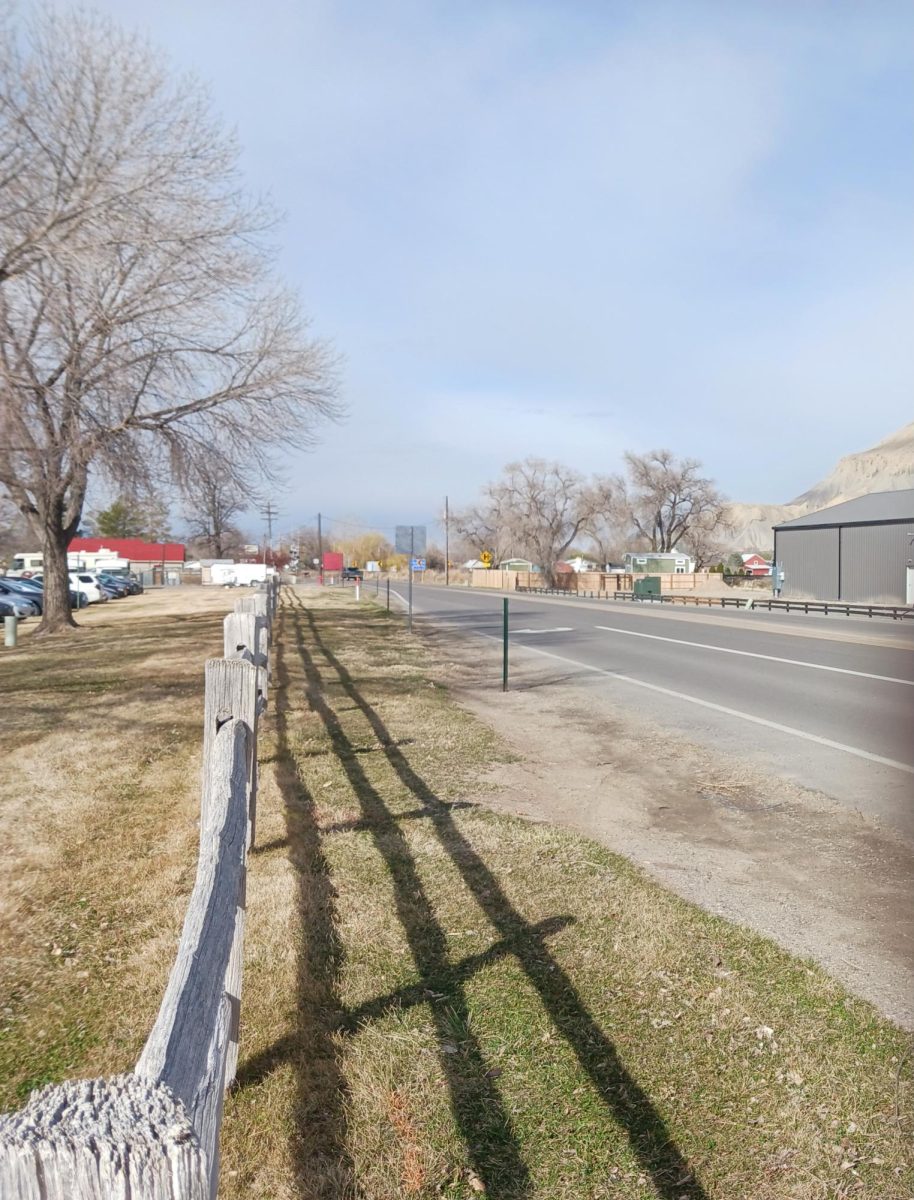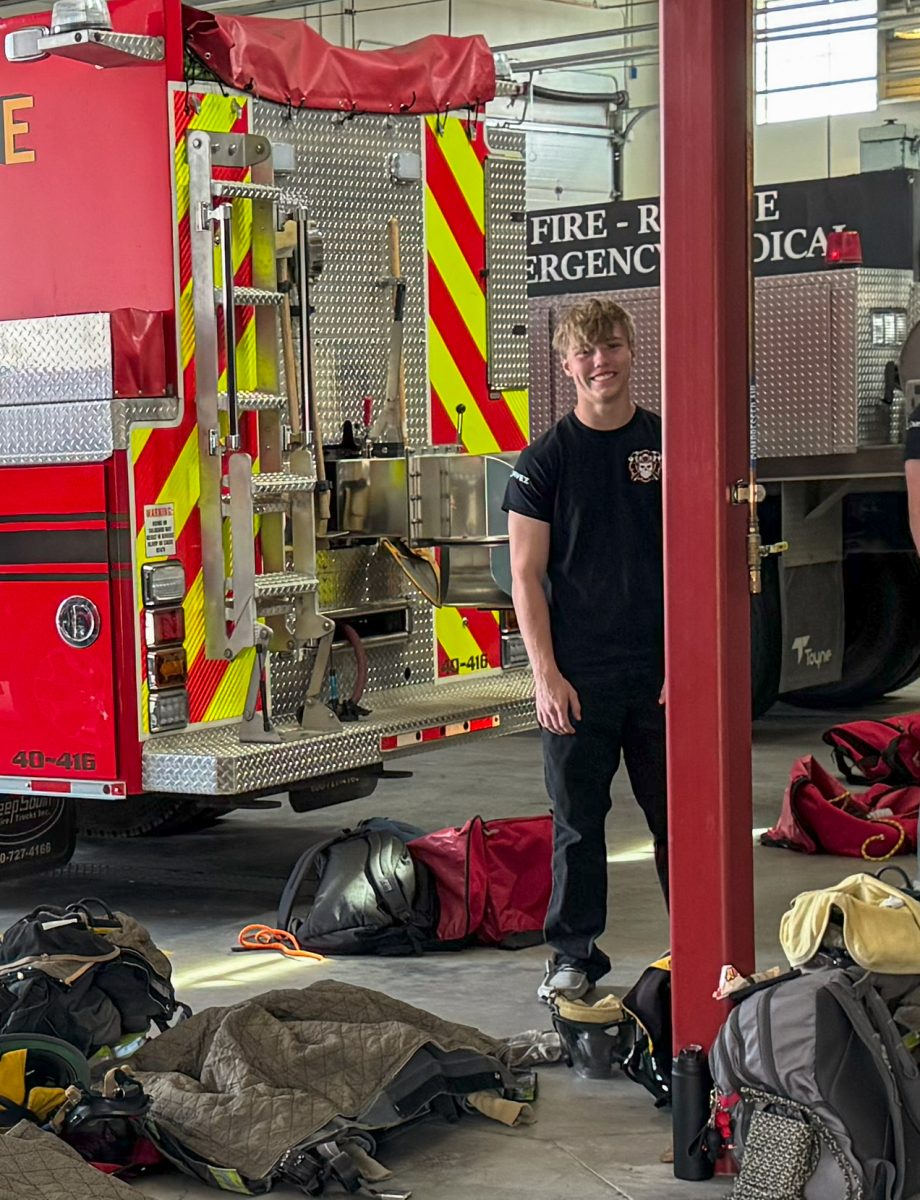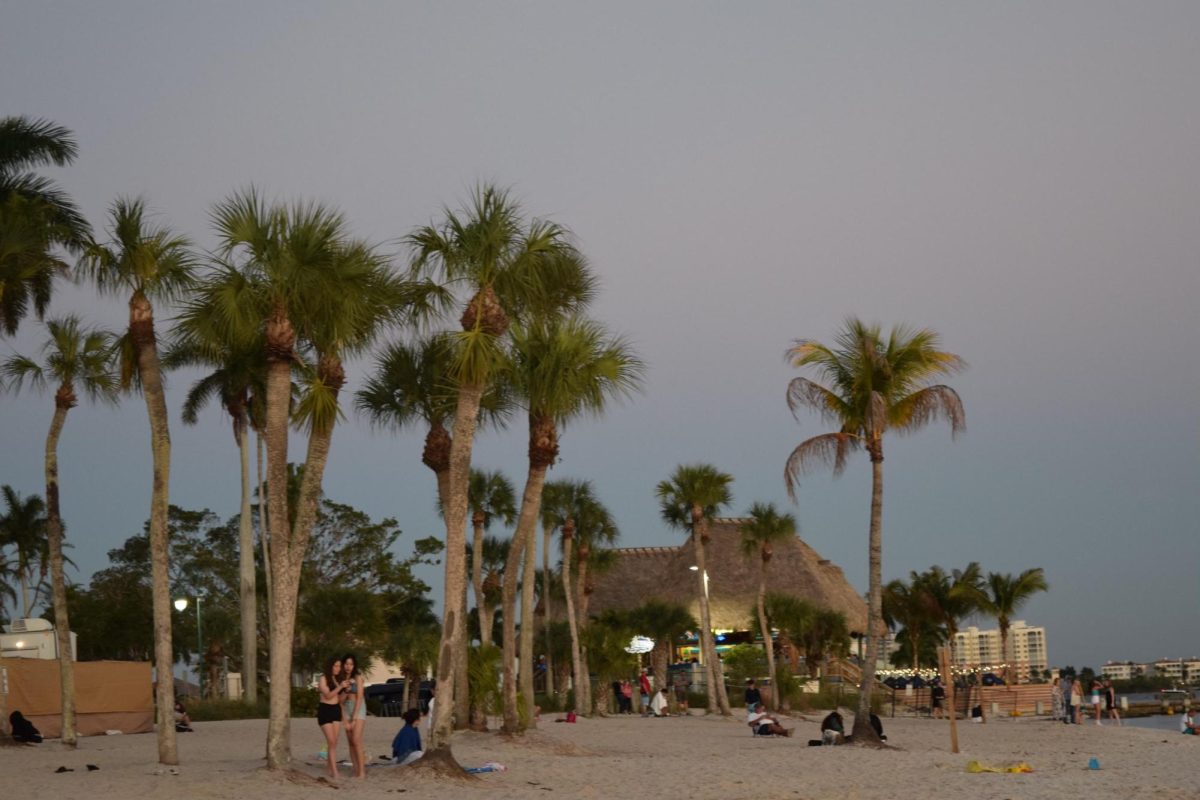On Thursday afternoon, Hurricane Helene slammed into the Big Bend of Florida, the section where the peninsula curves into a panhandle. As of Monday, over 160 people across the six states of Florida, Georgia, South Carolina, North Carolina, Tennessee, and Virginia were killed. Tennessee and Virginia were the last states to feel the hurricane, and it has now weakened into a tropical storm which is continuing through Kentucky to Ohio.
On Wednesday, it had only been a category one hurricane, dangerous but not the worst seen in that area. By the afternoon it had increased to category four, making so quick a ramp-up that such an event has only been seen six times in the last century. Not only was it unexpected, but it also had winds of up to 140 miles per hour and created storm surges over 15 feet high. These crazy conditions made it the strongest hurricane ever to make landfall on the Big Bend.
The hurricane didn’t only wreak havoc in Florida however, all six states received heavy rainfall and flooding, the worst of which was in North Carolina where rivers rose over five feet higher than previous records. The county hit the worst by these floods was Buncombe County, where reported deaths have reached 57 and there are dozens of missing people. It was this terrible in Buncombe County because the hurricane hit the cooler temperatures of the Appalachian Mountains, resulting in much more rainfall than what fell on the other states.
To make matters worse, Helene has also cut off counties from power, cell service, and in some cases has made the roads impassable. On Tuesday morning, over 1.5 million homes had lost power in hundreds of counties. This hasn’t helped the people hit to survive and has made it extremely difficult for first responders to save lives.
Hurricanes are quickly becoming an extremely pressing concern as ideal hurricane conditions are much more common due to rising global temperatures. This is because heated oceans evaporate more easily, providing much more fuel for the hurricane as it grows. Since 2015, the average time for a hurricane to move from category one to category four was 42 hours, while Helene took only 31 hours. Thirty years earlier, the average was longer than 52 hours. Also, global warming has made hurricanes three times as frequent as 100 years ago, and category three or four hurricanes are twice as common. Finally, storm surges are much worse because rising sea levels push the waves higher than what our structures can withstand.
All is not lost however, Florida is about to have a lapse in the number of hurricanes as the El Niño weather event ends and La Niña emerges. El Niño is a warmer event that provides conditions for hurricanes to thrive, while La Niña cools down the ocean, leading to less severe storms and therefore time for Florida to rebuild and recuperate.










































